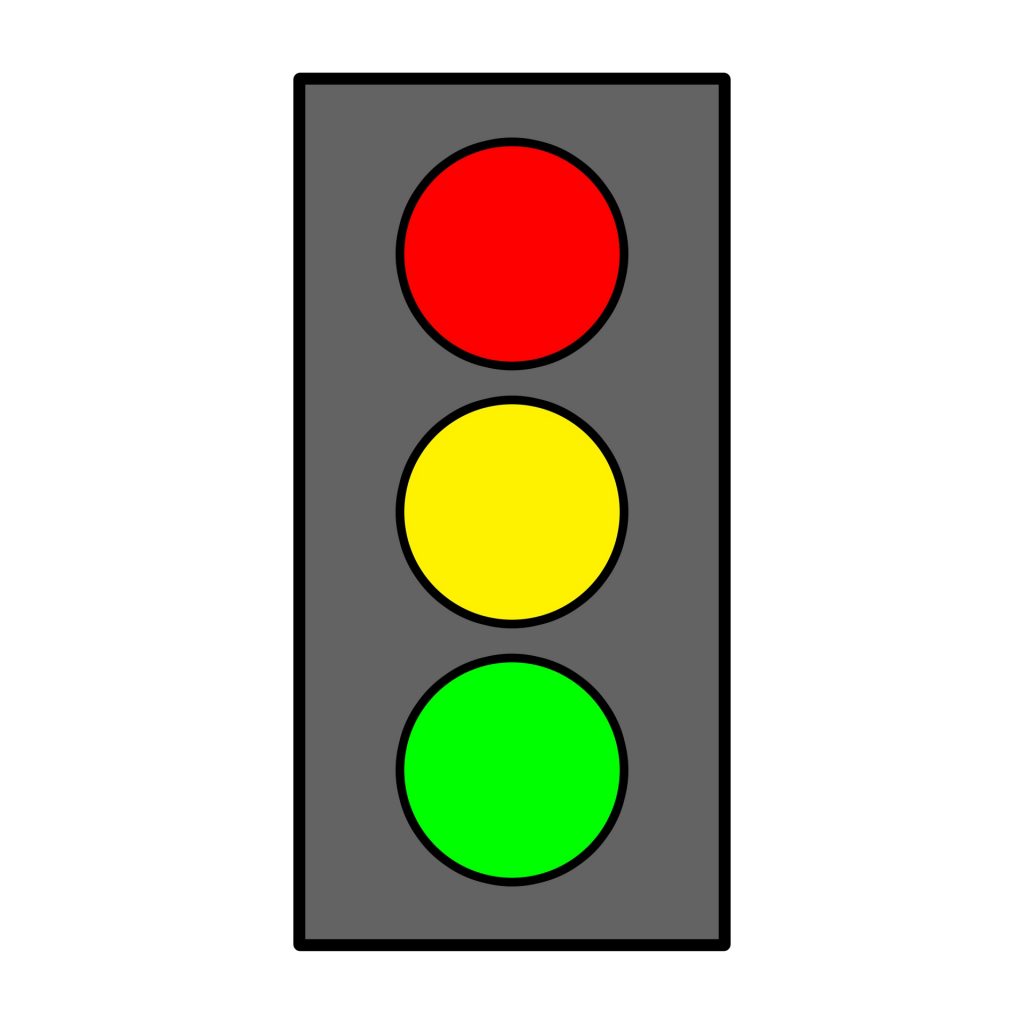
Editing presents a different set of challenges to ‘writing’. While there can be something freeing about just writing, editing can feel constraining, requiring more commitment, like there is another level of accountability. We often hear people say that going back to edit their drafts, or to respond to reviewers’ comments, can feel overwhelming, painful, time consuming, draining. Following the method we’re inviting – to keep writing when it’s time to write, without stopping to revise along the way – editing becomes an inevitable part of the process, there is no denying it. So is there a way to engage with editing that address the challenges people face that isn’t draining and that is an effective use of time?
First, it’s worth thinking about when to spend time and energy editing. There is no right answer to this, rather some things you might want to watch out for. One slow way to write seems to be to keep editing as you go along. We’ve heard people say they just keep going over what they have written because they know it’s not right yet. The important thing to remember is that as your writing unfolds, you find more clarity about your argument and greater understanding of what will be needed early on in the piece. If you start editing the early parts too soon, you’ll find you’re editing, and editing, and editing the same piece over and over, having to go back to it each time you clarify your ideas.
As Will heard someone say once, ‘You won’t finish it unless you get to the end’. For example, if writing an article, you might want to wait until the conclusion is finished before you head back to work over the earlier stages. It may be the same with a book chapter, PhD chapter, or funding bid. Instead of trying to clean up after yourself as you go, as you are writing you might put a note saying something like, ‘Note: argument shifted around here to emphasise x, y or z’. This can also true to some extent for the whole PhD or book. Try trusting yourself to go back later. As you develop awareness of your process, you start to know when it is right to do some edits, and when do you need wait. This is fundamentally about efficiency: there is no point perfecting chapter one only to discover later it needs merging with chapter two or even re-writing altogether.
It is also worth reflecting on the different processes editing involves, and the energy they take. A key aspect of our method is to suggest separate editing into three kinds of tasks. We’ve found it helpful to introduce this in workshops in terms of a traffic lights metaphor. It’s about where you put your energy at different times. It’s not all one thing. And it’s not all heavy!
1. Green There are some elements of editing that are straightforward and require little effort: checking spelling, adding the odd references, changing a sentence here and there. These could almost be done by someone else. They are not so draining, don’t take much energy, and are good for the days you are tired, distracted, wanting to make progress but not up to heavy lifting. Or you might leave them til the end, as a reward for getting through the harder stuff.
2. Amber There are changes where everything is basically okay, it just could be a little better, a bit clearer. Perhaps it’s a paragraph that needs reforming, some quotes that need better framing, a concluding sentence that needs a bit more oomph. These are more demanding than just tidying up, but they are clearly identifiable. You can list them, identify where they are in the text. If you have 20 paragraphs maybe all of them need some love – that’s 20 tasks. Or maybe just five – that’s five tasks. Suddenly editing isn’t this huge thing; it’s a series of tasks.
3. Red These are those things that, if you don’t get them sorted, are showstoppers. Perhaps something fundamental about the argument itself needs clarifying, or the structure needs to be reconsidered in an an important way. This requires writing energy. You probably don’t do this with one eye on the telly or your Twitter feed; you need your A-game for red. So, our invitation is to treat the red edits as new writing and go back to our principles of when it’s time to write, just write. Think of red editing as you would drafting, set that timer, and write fresh.
Each of the three kinds of editing requires a different energy. Green and amber can be fairly low energy. Red requires more. You can plan for that. You can choose which kind of editing you are sitting down to do. You might notice if you work in this way that editing no longer feels like a huge burden, but rather becomes a series of tasks. You might even start to enjoy the process! You get to tick things off a list! And, step by step, you get closer and closer to bringing your ideas to life.
